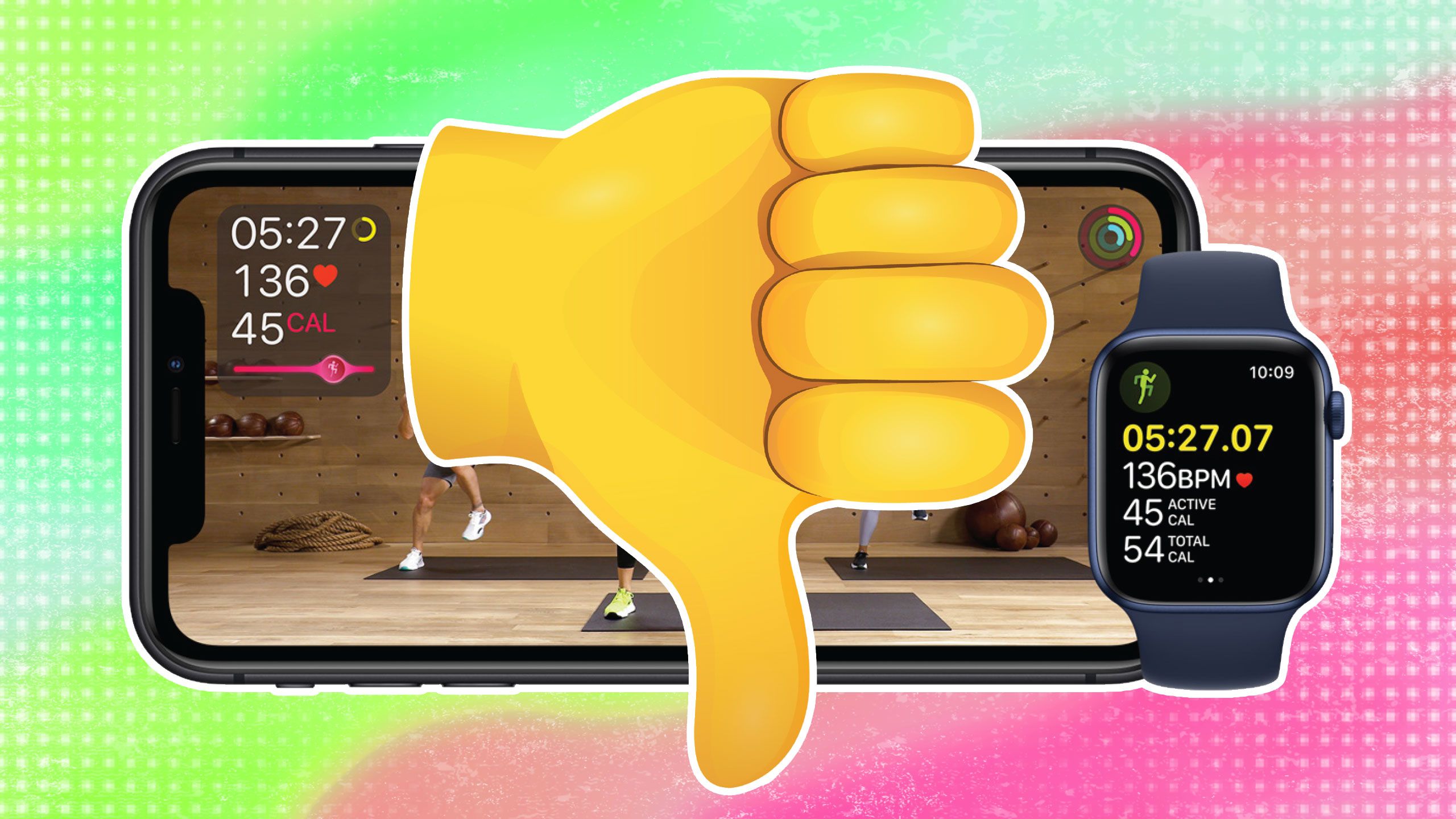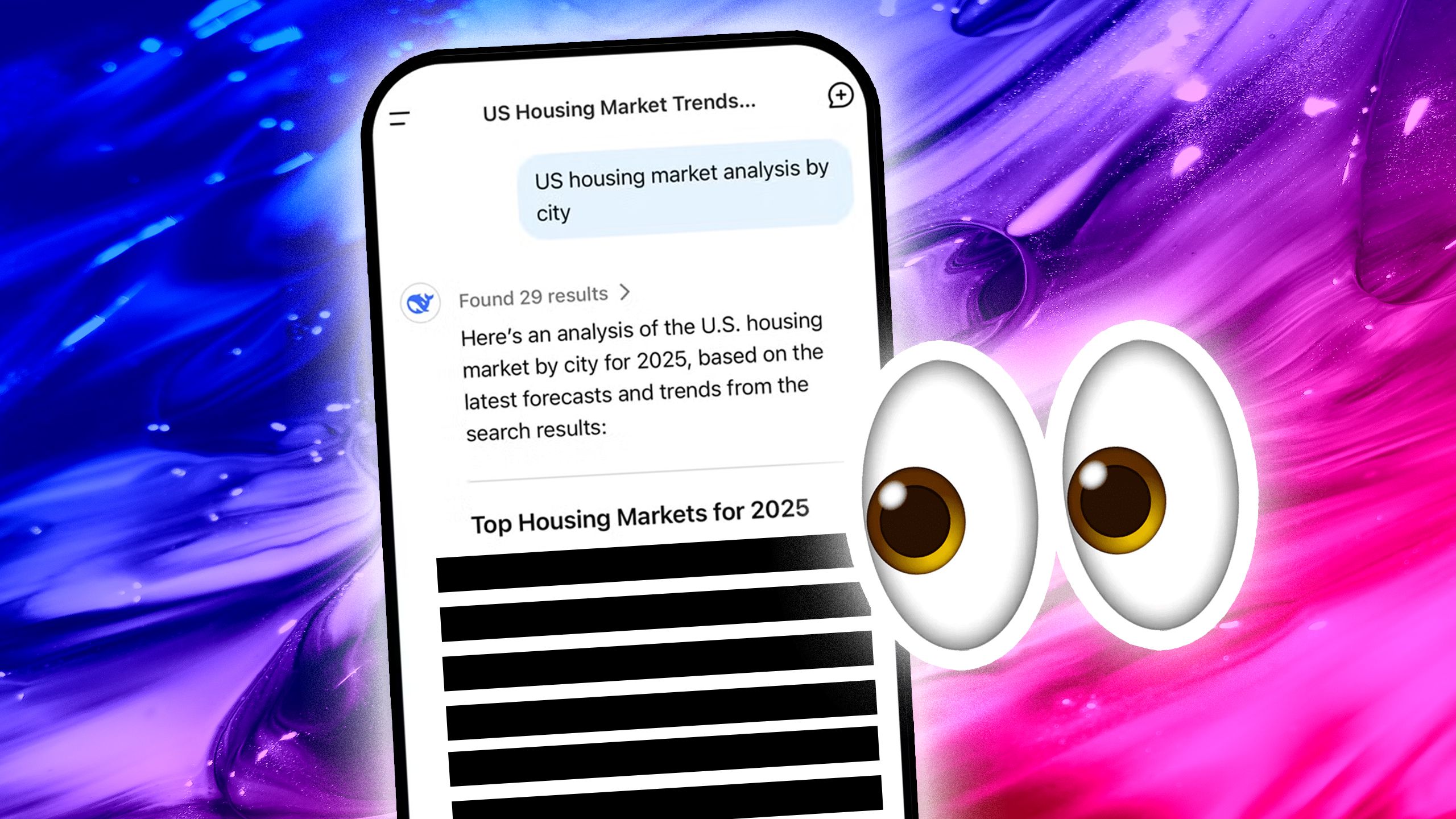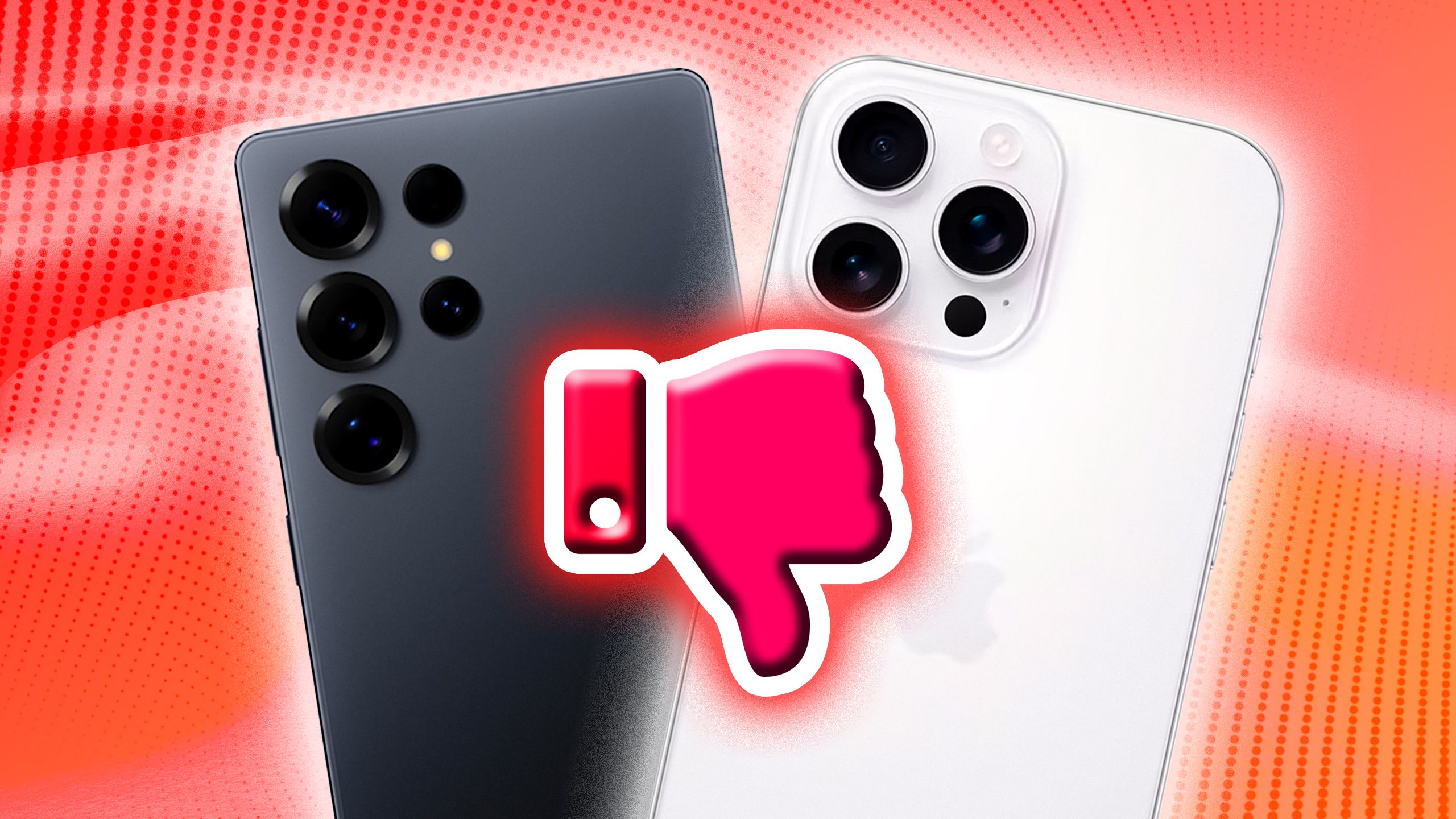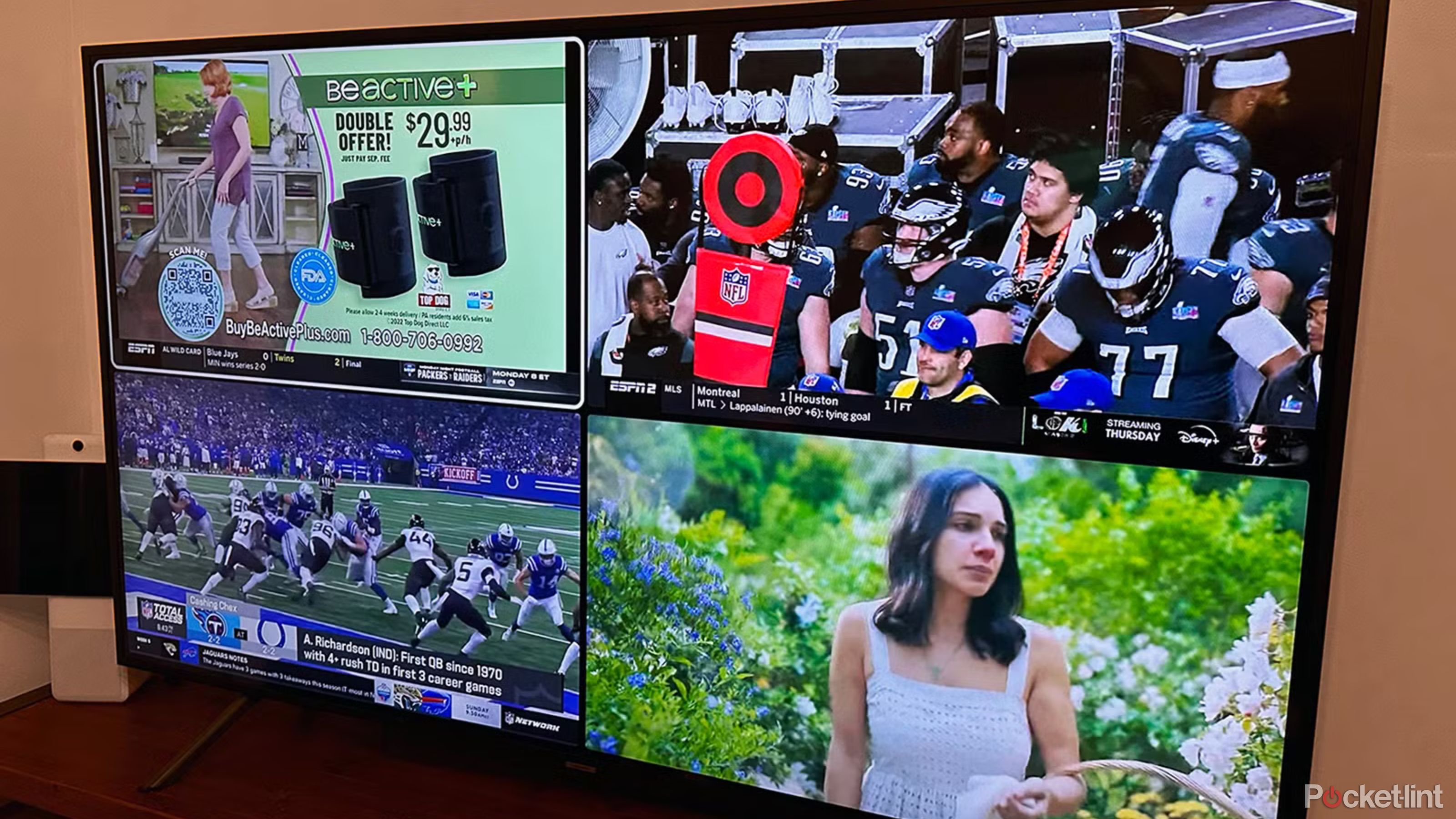Summary
- Live TV services are expensive, and mostly loaded with channels you won’t care about.
- On-demand content is frequently more innovative and tailored to your interests.
- Regional restrictions can feel arbitrary, and further reduce the value of subscriptions.
Well into the cord-cutting era, live TV streaming services seem to be going strong. YouTube TV might be the best known one in the US, but there are many alternatives, such as Sling, Fubo, and the most expensive version of Hulu. To clarify, by “live TV,” I don’t mean every online service with a TV-like stream — I mean ones that let you access the same bundles available to cable and satellite customers.
I’ve experimented with a few of these services over the years. At this point, though, I don’t think I’m going back. They just don’t make any sense to me for a variety of reasons, some of them more subjective than others.
I won’t buy a phone for AI, and you shouldn’t either
AI just isn’t reliable or powerful enough yet to base a phone around it.
1 Too much money for too little (quality) content
How many home improvement shows can you stand?
The subscription fees for live TV services keep going up, to the point that some of them can be more expensive than a straight-up cable package. Consider YouTube TV, which started at $50, but now costs $83 per month before any add-ons. There are perks that might make it worth it for some users — like multi-view support, and unlimited cloud recording — but you can count me out.
Live TV services are expensive, yet saddled with dozens of channels you’ll never watch.
My main objection is the amount of junk you pay for. Due to licensing deals, live TV services are saddled with dozens of channels you’ll never watch, and sometimes force you to pay extra for the channels you do care about. I’m a middle-aged man who’s into movies, games, weightlifting, and riding PEVs — I have zero interest in Hallmark or home improvement channels. I even dislike pro sports, which is a problem given how many services focus on that content, to the point of assuming it’s the main reason you’re there. If I could pay $20 per month for a service with nothing but movies, headline news, Comedy Central, and Adult Swim shows, I might be in.

What you need to know before buying an e-bike
Don’t just buy the cheapest e-bike you can find — you can do better.
2 On-demand content is simultaneously broader and more personal
Find your own niche
20th Century
Even when there’s something potentially interesting on live TV, it’s often something I’ve seen before, or can’t get that excited about in the first place. I’ve never seen Road House or Sixteen Candles — but I’m only mildly curious, so I’m not going to tune in just because those show up in syndication every weekend.
I don’t necessarily care about everything on a service like Netflix or Max, but those at least offer ever-growing libraries that make it easier to find something I’m in the mood for. For me, movies and TV shows aren’t something I put on in the background. I want to engage with them, so they have to resonate with me personally. Live TV services feel like a shotgun approach to entertainment.

Not sweating it: 4 ways Apple Fitness+ misses the mark
I want to like it, but Apple seems to be catering to a very different demographic.
3 The live TV industry feels like a dying beast
What will it look like five years from now?
Fox
At the beginning I said that live TV services seem to be going strong, but I’m not sure how that can last, since the channels they carry often feel like a relic of the past. The big broadcast networks are still obsessed with cop, legal, and medical dramas, or if not that, “reality” shows. Reality schlock is even more pervasive on channels like HGTV and Discovery, and whether they’re hyper-partisan or not, news networks are frequently dominated by talking heads rather than actual headlines, given the need to fill out a 24-hour schedule. You might be in better luck as a sports fan, but there’s an increasingly uncomfortable emphasis on gambling.
Simply put, on-demand content is where the action is.
Simply put, on-demand content is where the action is. When it comes to fiction, there’s not only more creative freedom, but bigger budgets — you won’t find shows like Masters of the Air or The Midnight Gospel on your local Fox affiliate. Even sports fans may find that they’ll get a better deal by signing up for ESPN+ or league-specific apps.

I downloaded Deepseek to see how censored it really is
Don’t expect it to be fully honest with politically sensitive topics.
4 Regional restrictions are getting me down
Don’t step outside your hometown, partner
LoneStarMike / Creative Commons
The complicated mess of licensing and partnership agreements in the live TV industry means that what you get is limited by where you are. Channel selection and recording is capped not just by your home location, but where your streaming device is currently located. On a visit to Texas? Good luck getting around blackouts on the Cowboys game if you’re in Dallas. At least some US services stop working completely if you leave the country, no matter if you’re on vacation or a business trip.
A lot of this is to be expected, but it further diminishes the value of a live TV subscription, and feels completely arbitrary from a consumer’s perspective. It’s wasting the potential of the internet — Netflix, at least, won’t suddenly break if I cross from the US to Canada.

4 reasons why buying Ultra or Max phones is like burning cash
Even when money is no object, you should still be smart with it.
Trending Products

Logitech MK470 Slim Wireless Keyboard and Mouse Co...

Wireless Keyboard and Mouse Combo, 2.4G Silent Cor...

HP 17.3″ FHD Business Laptop 2024, 32GB RAM,...

Wireless Keyboard and Mouse Ultra Slim Combo, TopM...















